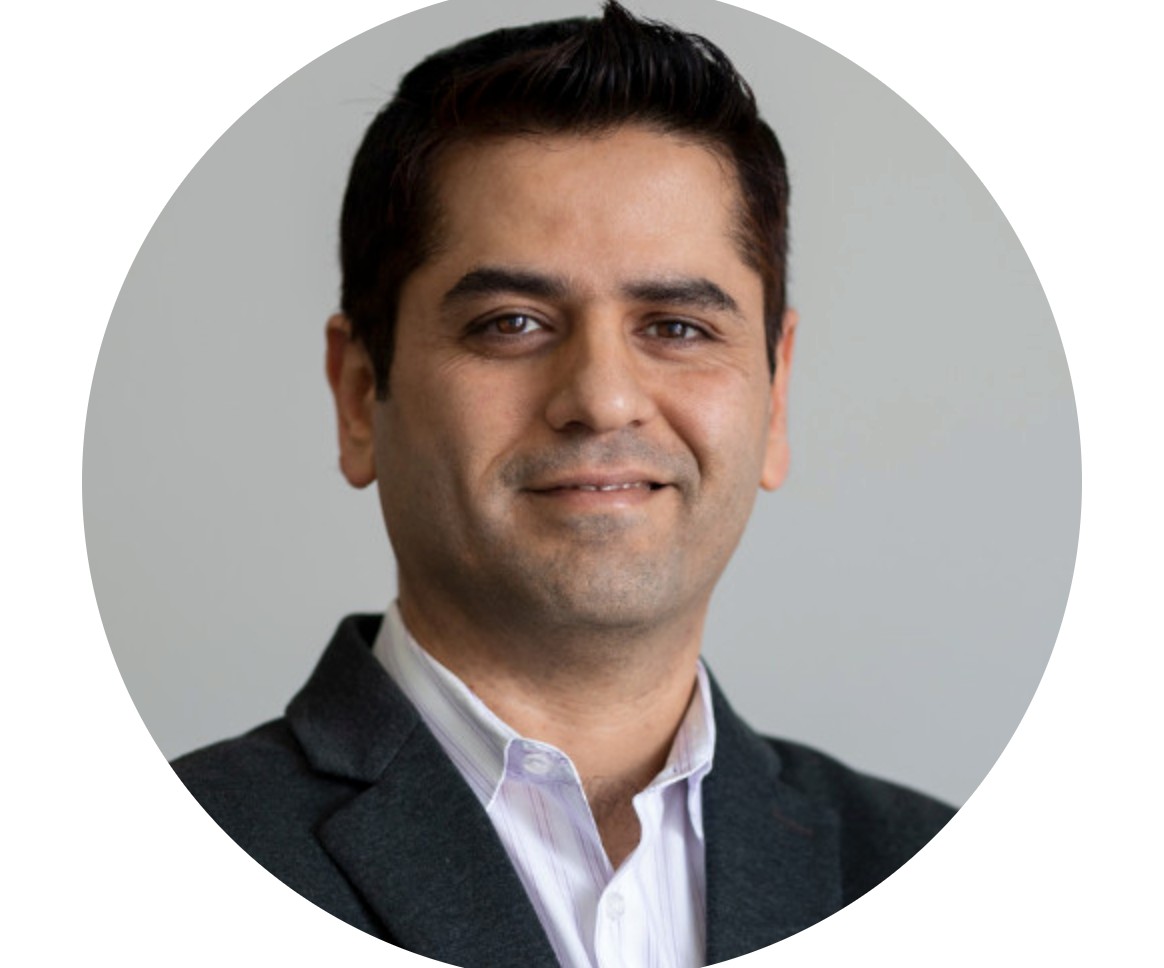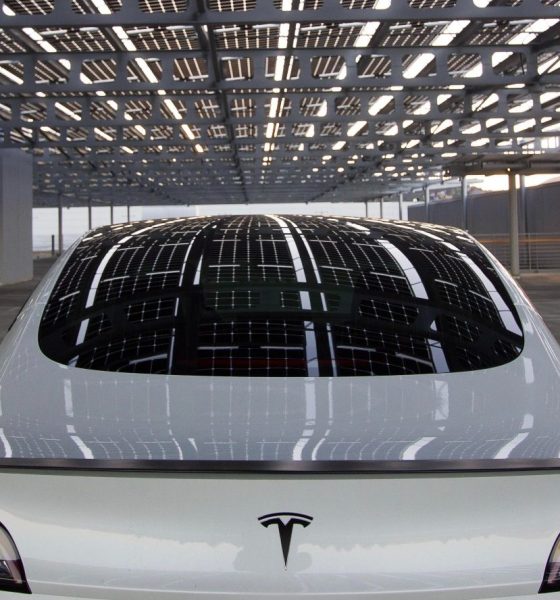Tesla has officially received a business license in India that will allow the automaker to function as a full-fledged car manufacturer in one of the world’s most populous countries. Without a team of highly-experienced executives who are versed in international business, financials, and manufacturing, Tesla wouldn’t have a chance at being successful anywhere, let alone in India. Therefore, the company has called upon three executives to start the operation as they have been listed on India’s Ministry of Corporate Affairs website as the three Directors who will lead Tesla into India, an unfamiliar territory.
Tesla has had India in its plans for corporate expansion for several years. Musk met with Indian Prime Minister Narendra Modi in 2015, where the politician expressed his support for Tesla’s mission and it’s all-electric products. But since then, Tesla has been met with nothing but roadblocks and delays. It has finally made some headway in its effort to establish a production facility or Research and Development center in the country.
Because of import taxes, Tesla’s vehicles are a rarity in India. Nearly doubling the cost of the vehicle due to getting it into the country from Fremont, California, Teslas are only driven around by the extremely wealthy. With limited charging options available in the country, it makes them even less appealing. However, the coming expansion incites consumer excitement among Indian fans of the electric carmaker, who have pushed for Elon Musk to attempt to drive his company into their country. Now it’s finally happening.
David Feinstein
David Feinstein has been with Tesla for 8 years and 9 months, according to his LinkedIn page. His job title has always been related to Global and International business. When he started with Tesla in 2012, he was the Manager of Global Trade Compliance for its supply chain. After that, Feinstein became the Senior Manager of Global Trade, then the Director of Global Trade & New Markets. He was appointed to the Senior Director of Global Trade & New Markets in February 2020, and now his biggest project yet has been passed onto him: getting Tesla up and running in India.

Feinstein’s global trade experience will be beneficial for Tesla’s entrance into the market. Since India is one of the few countries with such a heavy import tax, which has really neutralized Tesla’s presence in the country until now, it will be interesting to see what he can do moving forward.
Vaibhav Taneja
Vaibhav Taneja is the Chief Accounting Officer for Tesla, and he has held that position for 1 year and 11 months. He started with Tesla four years ago in February 2017 as the Assistant Corporate Controller and then moved to the Corporate Controller position. Controllers are responsible for the accuracy and timeliness of a company’s accounting department. They control the company’s cash flow and oversee the production of financial reports.
LinkedIn
Prior to Tesla, Taneja acted as the VP and Corporate Controller of Solar City until Tesla absorbed the company, his LinkedIn states. He also has close ties with India, as he is a graduate of Delhi University with a Bachelor’s Degree in Commerce. He also attended the Institute of Chartered Accountants of India and is a Certified Public Accountant.
Taneja will likely work to solve financial challenges as Tesla moves forward with its Indian inclusion. His proven track record with Tesla makes him a great fit for the job, and his roots in India certainly don’t hurt, either.
Venkatrangam Sreeram
Venkatrangam Sreeram is the co-founder of ClearQuote, an app that uses computer vision to assess car damage. Before that, he was Managing Director of Xenon Automotive and spent nearly two years as a Project manager for Tesla’s China operation from July 2012 to May 2014. As a Project Manager, he states that he was involved in the set up of wholesales in retail operations in the country. He had automotive experience before his post at Tesla. He worked as a Project Manager and a VP of Sales Operations for Jaguar Land Rover, and an Assistant General Manager for Tata Motors in Mumbai and London.
Venkat, as he is referred to, is based in Karnataka as well, the southwest state in India that will be home to Tesla’s Indian initiative.
Cartisan.in
What do you think? Leave a comment down below. Got a tip? Email us at tips@teslarati.com or reach out to me at joey@teslarati.com

Elon Musk
Elon Musk and Tesla AI Director share insights after empty driver seat Robotaxi rides
The executives’ unoccupied tests hint at the rapid progress of Tesla’s unsupervised Robotaxi efforts.

Tesla CEO Elon Musk and AI Director Ashok Elluswamy celebrated Christmas Eve by sharing personal experiences with Robotaxi vehicles that had no safety monitor or occupant in the driver’s seat. Musk described the system’s “perfect driving” around Austin, while Elluswamy posted video from the back seat, calling it “an amazing experience.”
The executives’ unoccupied tests hint at the rapid progress of Tesla’s unsupervised Robotaxi efforts.
Elon and Ashok’s firsthand Robotaxi insights
Prior to Musk and the Tesla AI Director’s posts, sightings of unmanned Teslas navigating public roads were widely shared on social media. One such vehicle was spotted in Austin, Texas, which Elon Musk acknowleged by stating that “Testing is underway with no occupants in the car.”
Based on his Christmas Eve post, Musk seemed to have tested an unmanned Tesla himself. “A Tesla with no safety monitor in the car and me sitting in the passenger seat took me all around Austin on Sunday with perfect driving,” Musk wrote in his post.
Elluswamy responded with a 2-minute video showing himself in the rear of an unmanned Tesla. The video featured the vehicle’s empty front seats, as well as its smooth handling through real-world traffic. He captioned his video with the words, “It’s an amazing experience!”
Towards Unsupervised operations
During an xAI Hackathon earlier this month, Elon Musk mentioned that Tesla owed be removing Safety Monitors from its Robotaxis in Austin in just three weeks. “Unsupervised is pretty much solved at this point. So there will be Tesla Robotaxis operating in Austin with no one in them. Not even anyone in the passenger seat in about three weeks,” he said. Musk echoed similar estimates at the 2025 Annual Shareholder Meeting and the Q3 2025 earnings call.
Considering the insights that were posted Musk and Elluswamy, it does appear that Tesla is working hard towards operating its Robotaxis with no safety monitors. This is quite impressive considering that the service was launched just earlier this year.
Elon Musk
Starlink passes 9 million active customers just weeks after hitting 8 million
The milestone highlights the accelerating growth of Starlink, which has now been adding over 20,000 new users per day.

SpaceX’s Starlink satellite internet service has continued its rapid global expansion, surpassing 9 million active customers just weeks after crossing the 8 million mark.
The milestone highlights the accelerating growth of Starlink, which has now been adding over 20,000 new users per day.
9 million customers
In a post on X, SpaceX stated that Starlink now serves over 9 million active users across 155 countries, territories, and markets. The company reached 8 million customers in early November, meaning it added roughly 1 million subscribers in under seven weeks, or about 21,275 new users on average per day.
“Starlink is connecting more than 9M active customers with high-speed internet across 155 countries, territories, and many other markets,” Starlink wrote in a post on its official X account. SpaceX President Gwynne Shotwell also celebrated the milestone on X. “A huge thank you to all of our customers and congrats to the Starlink team for such an incredible product,” she wrote.
That growth rate reflects both rising demand for broadband in underserved regions and Starlink’s expanding satellite constellation, which now includes more than 9,000 low-Earth-orbit satellites designed to deliver high-speed, low-latency internet worldwide.
Starlink’s momentum
Starlink’s momentum has been building up. SpaceX reported 4.6 million Starlink customers in December 2024, followed by 7 million by August 2025, and 8 million customers in November. Independent data also suggests Starlink usage is rising sharply, with Cloudflare reporting that global web traffic from Starlink users more than doubled in 2025, as noted in an Insider report.
Starlink’s momentum is increasingly tied to SpaceX’s broader financial outlook. Elon Musk has said the satellite network is “by far” the company’s largest revenue driver, and reports suggest SpaceX may be positioning itself for an initial public offering as soon as next year, with valuations estimated as high as $1.5 trillion. Musk has also suggested in the past that Starlink could have its own IPO in the future.
News
NVIDIA Director of Robotics: Tesla FSD v14 is the first AI to pass the “Physical Turing Test”
After testing FSD v14, Fan stated that his experience with FSD felt magical at first, but it soon started to feel like a routine.

NVIDIA Director of Robotics Jim Fan has praised Tesla’s Full Self-Driving (Supervised) v14 as the first AI to pass what he described as a “Physical Turing Test.”
After testing FSD v14, Fan stated that his experience with FSD felt magical at first, but it soon started to feel like a routine. And just like smartphones today, removing it now would “actively hurt.”
Jim Fan’s hands-on FSD v14 impressions
Fan, a leading researcher in embodied AI who is currently solving Physical AI at NVIDIA and spearheading the company’s Project GR00T initiative, noted that he actually was late to the Tesla game. He was, however, one of the first to try out FSD v14.
“I was very late to own a Tesla but among the earliest to try out FSD v14. It’s perhaps the first time I experience an AI that passes the Physical Turing Test: after a long day at work, you press a button, lay back, and couldn’t tell if a neural net or a human drove you home,” Fan wrote in a post on X.
Fan added: “Despite knowing exactly how robot learning works, I still find it magical watching the steering wheel turn by itself. First it feels surreal, next it becomes routine. Then, like the smartphone, taking it away actively hurts. This is how humanity gets rewired and glued to god-like technologies.”
The Physical Turing Test
The original Turing Test was conceived by Alan Turing in 1950, and it was aimed at determining if a machine could exhibit behavior that is equivalent to or indistinguishable from a human. By focusing on text-based conversations, the original Turing Test set a high bar for natural language processing and machine learning.
This test has been passed by today’s large language models. However, the capability to converse in a humanlike manner is a completely different challenge from performing real-world problem-solving or physical interactions. Thus, Fan introduced the Physical Turing Test, which challenges AI systems to demonstrate intelligence through physical actions.
Based on Fan’s comments, Tesla has demonstrated these intelligent physical actions with FSD v14. Elon Musk agreed with the NVIDIA executive, stating in a post on X that with FSD v14, “you can sense the sentience maturing.” Musk also praised Tesla AI, calling it the best “real-world AI” today.










